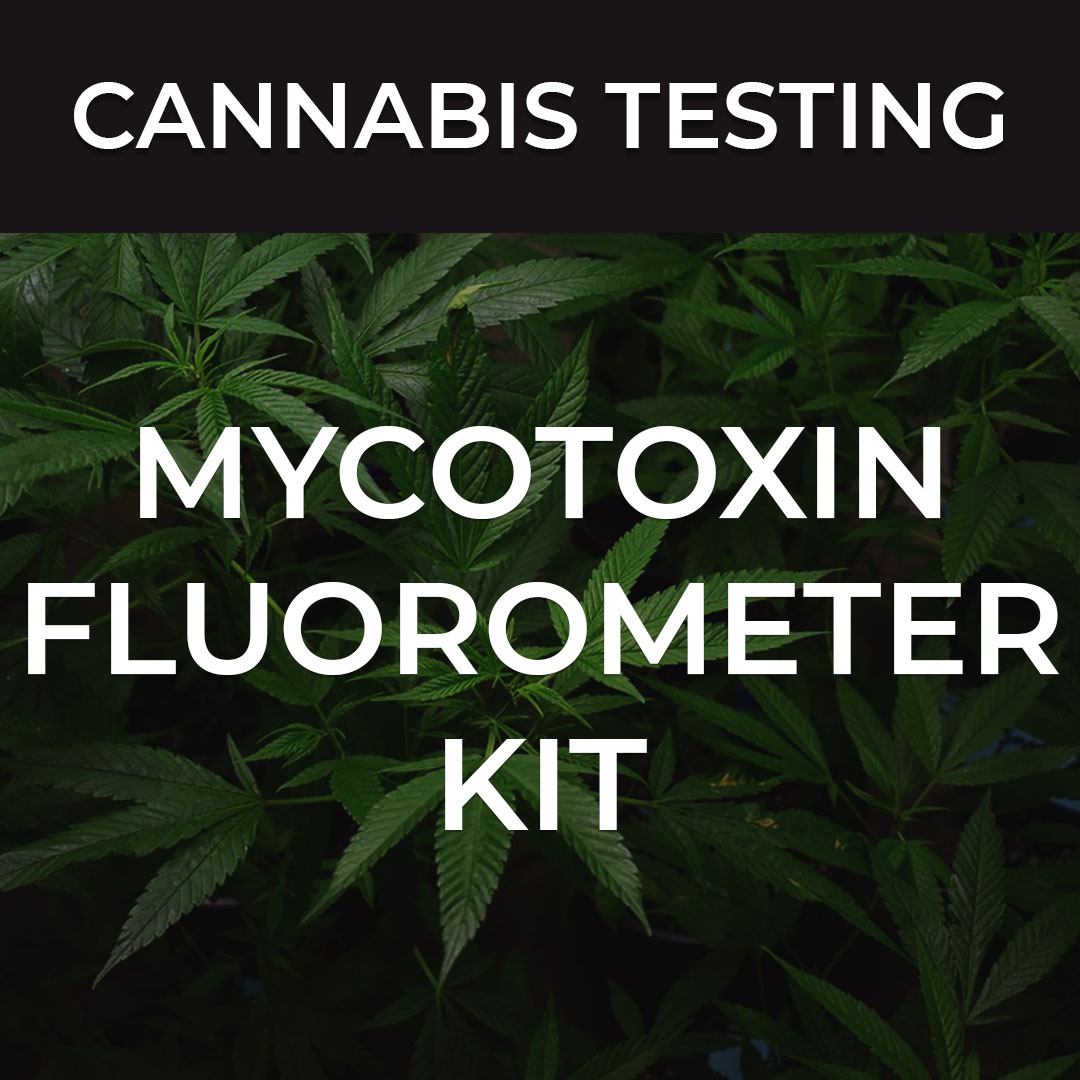Plant matter, including marijuana, makes an ideal breeding ground for many types of microbials such as bacteria and molds. Many mold species create compounds (mycotoxins) known for causing certain diseases and cancers. Patients that are experiencing immune system impairments are at high risk from mycotoxin contaminated products.
The major groups of mycotoxins include Aflatoxins, Ochratoxin, Citrinin, Ergot, Patulin and Fusarim. The most commonly regulated are Aflatoxin B1, aflatoxin B2, aflatoxin G1, aflatoxin G2, and ochratoxin A. Check your state regulations to confirm which mycotoxins are required to be tested, and what their maximum permitted levels are.
Depending on the application and detection level needed, a laboratory could use HPLC instruments or a Fluorometer to measure mycotoxins in cannabis. The most common way to measure contaminants such as mycotoxins is to employ an HPLC system with a Fluorescence Detector (FLD) and a Post Column Reactor. Some applications also call for the HPLC to be coupled with an ultraviolet (UV) or diode/photodiode array (DAD/PDA) detectors. A fluorometer accurately measures even extremely low PPT concentrations of mycotoxins in Cannabis. Stored testing protocols provide for a digital readout in PPM, PPB, PPT, mg/kg, ug/kg, or ng/kg concentration units without requiring any conversion.
Resource:
Cannabis Microbial Testing Regulations by State – from Medicinal Genomics

For cannabis laboratories screening for mycotoxins, GenTech offers a choice of HPLC or Fluorometer systems.
